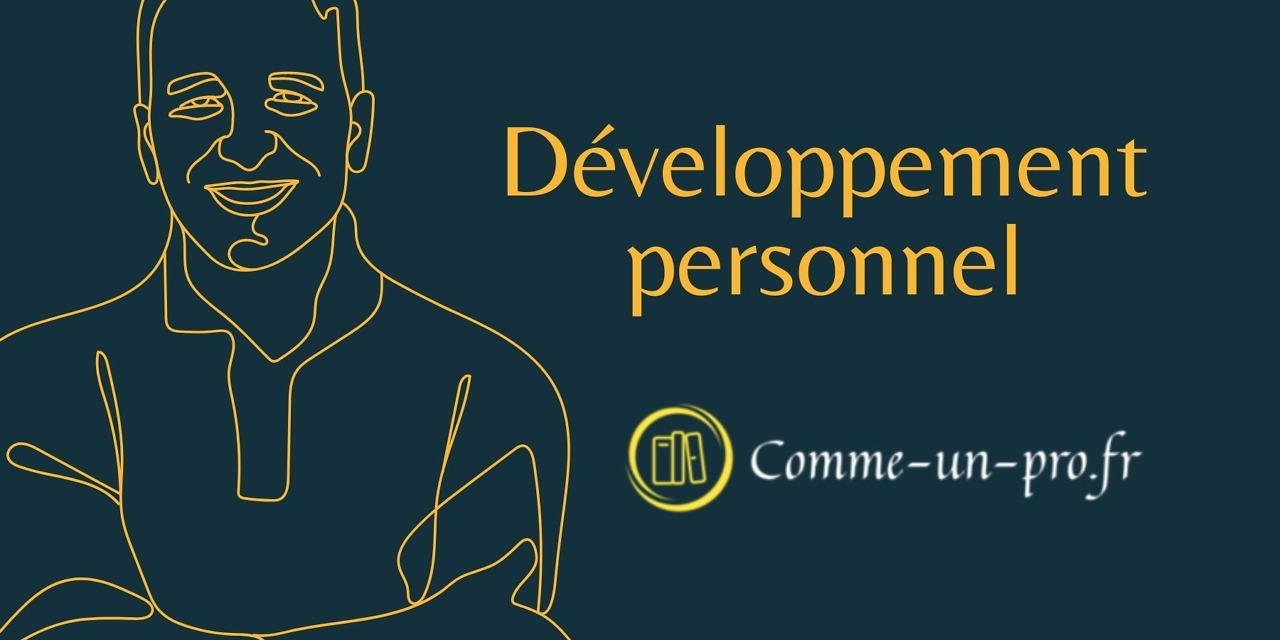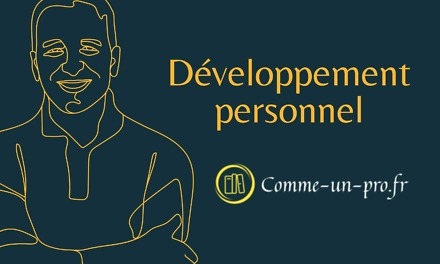The importance of authentic listening
In an age where technology rules and distractions are constant, we need to master the art of listening more than ever. In “The Art of Listening – Develop the Power of Active Listening”, Dominick Barbara outlines the difference between hearing and actually listening. It's no surprise that many of us feel a disconnect in our daily interactions; in fact, few of us practice active listening.
Barbara brings to light the idea that listening is not just about picking up the words, but about understanding the underlying message, emotions and intentions. For many, listening is a passive act. However, active listening requires total engagement, being present in the moment, and genuine empathy.
Beyond the words, it is a question of perceiving the tone, the non-verbal expressions and even the silences. It is in these details that the true essence of communication lies. Barbara explains that, in most cases, people are not looking for answers, but want to be understood and validated.
Recognizing and practicing the importance of active listening can transform our relationships, our communication, and ultimately our understanding of ourselves and others. In a world where speaking loudly seems to be the norm, Barbara reminds us of the quiet yet profound power of attentive listening.
Barriers to Active Listening and How to Overcome Them
If active listening is such a powerful tool, why is it so rarely used? Dominick Barbara in “The Art of Listening” looks at the many obstacles that prevent us from being attentive listeners.
First of all, the noisy environment of the modern world plays a considerable role. Constant distractions, whether it's notifications from our phones or the infobesity that besets us, make it hard to focus. That's not to mention our own internal preoccupations, our prejudices, our preconceived opinions, which can act as a filter, distorting or even blocking what we hear.
Barbara also underlines the pitfall of “pseudo-listening”. It is when we give the illusion of listening, while inwardly formulating our response or thinking about something else. This half-presence destroys true communication and prevents mutual understanding.
So how do you overcome these obstacles? According to Barbara, the first step is awareness. Recognizing our own barriers to listening is essential. Then it's about intentionally practicing active listening, avoiding distractions, being fully present, and striving to truly understand the other. It also sometimes means pausing our own agendas and emotions to prioritize the speaker.
By learning to identify and overcome these obstacles, we can transform our interactions and build more authentic and meaningful relationships.
The profound impact of listening on personal and professional development
In “The Art of Listening”, Dominick Barbara does not stop only at the mechanics of listening. It also explores the transformational impact that active and intentional listening can have on our personal and professional lives.
On a personal level, attentive listening strengthens bonds, creates mutual trust and engenders deep understanding. By making people feel valued and heard, we pave the way for more authentic relationships. This results in stronger friendships, more harmonious romantic partnerships and better family dynamics.
Professionally, active listening is an invaluable skill. It facilitates collaboration, reduces misunderstandings and promotes a positive work environment. For leaders, active listening means gathering valuable information, understanding the needs of the team, and making informed decisions. For teams, this leads to more effective communication, successful projects and a stronger sense of belonging.
Barbara concludes by recalling that listening is not a passive act, but an active choice to engage fully with the other. By choosing to listen, we not only enrich our relationships, but we also provide ourselves with opportunities to learn, grow and thrive in all areas of our lives.
Discover in the video below a taste with the first audio chapters of the book. For total immersion, we strongly recommend that you read this book in its entirety.



